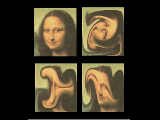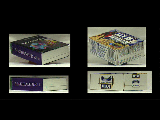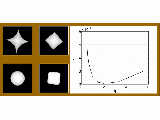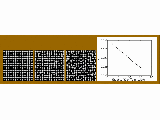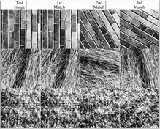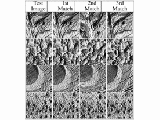Histograms: Properties and Applications |
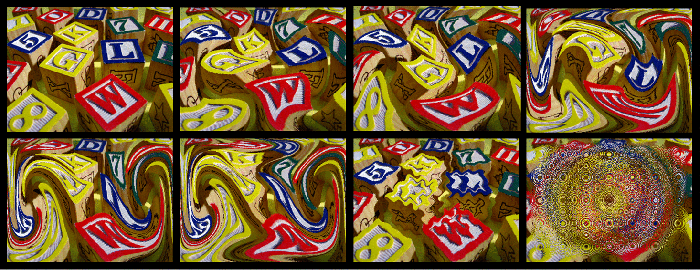 |
|
Histograms have been used extensively for recognition and retrieval of images and videos from visual databases. They are efficient and have been found to be robust to certain types of image morphisms, such as small viewpoint changes and object deformations. The precise effect of these image morphisms on the histogram has not been studied in the past. In the first part of this project, we have derived the complete class of continuous image transformations for which the histogram is invariant. These transformations are relevant to any histogram-based image recognition system. We have also showed that polyhedral objects with unknown poses can be recognized based on the histograms of their faces.
In the second part of the project, we have developed a multiresolution histogram representation and used it in recognition applications. It is well-known that a single histogram of an image does not encode spatial image variations. Spatial information can be captured by computing histograms for multiple scales (resolutions) of the image. In our specific representation, we compute the differences between the intensity histograms of consecutive image resolutions and simply concatenate these differences to form a feature that we refer to as the multiresolution histogram. We have shown that the multiresolution histogram captures important information about shapes and textures in images. The multiresolution histogram, like the single histogram, can be computed, stored and matched very efficiently. The ability of multiresolution histograms to discriminate between images of different classes is demonstrated using databases of synthetic as well as real images. |
Publicationsprint_paperentry_byid: more than 2 or no entry matches. |
Pictures |
DatabaseCURET: Reflectance and Texture Database |
Related ProjectsAppearance Matching |
